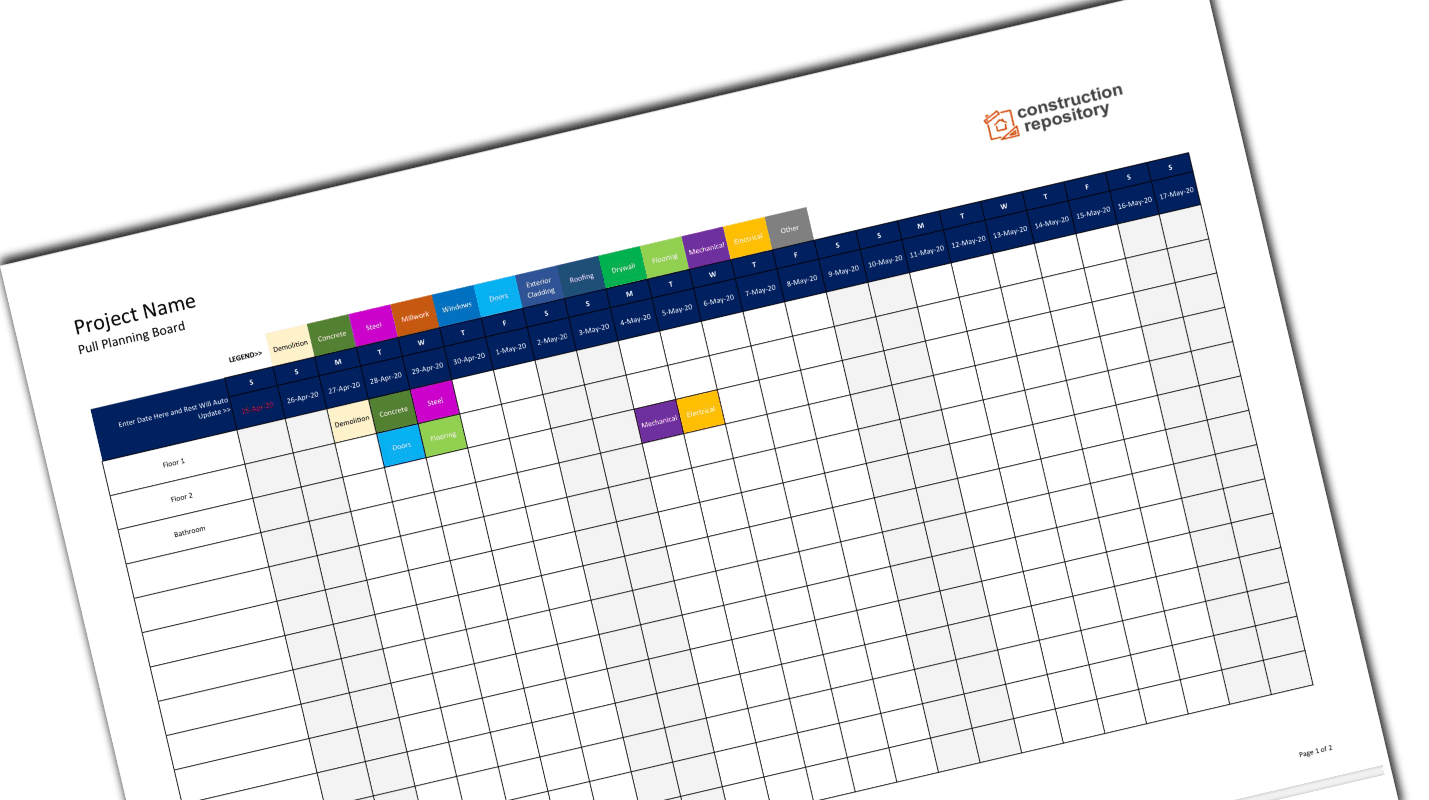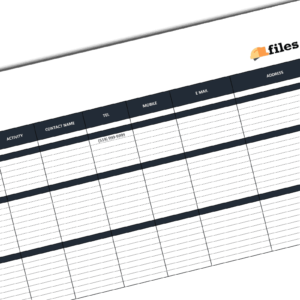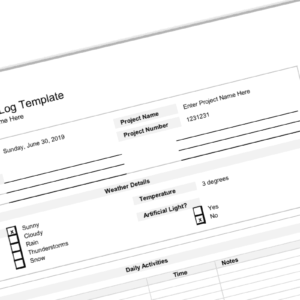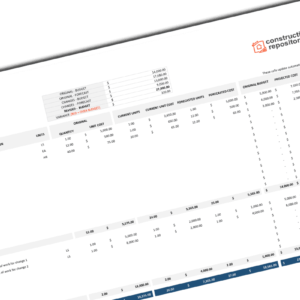Description
Lean is one of those trendy words that’s been going around the construction industry lately. With it are new ideas to managing your projects more efficiently and effectively. While not all of those ideas have been adopted successfully pull planning is something that is catching on. So what exactly is pull planning and how is it used on construction sites?
Pull planning is a method of collaborative scheduling on a construction project. It involves starting from the last activity and working backwards to the first activity. Pull planning is done through group sessions where multiple people are encouraged to contribute. People take turns listing their activities and placing them either digitally or physically on a board. Each activity is given a duration and a manpower count.
On construction sites pull planning is used to promote collaboration and openness when it comes to creating schedules. It is typically used as a means to scheduling the look ahead during foreman’s or weekly field meetings. Each of the prospective foremen lists their upcoming activities.
Some advantages of pull planning include:
- More open communication
- Visual planning
- Ownership – people are listing their own activities
- Stronger Understanding of reason for scheduled dates for all
Some disadvantages of pull planning include:
- Some understanding and technical know how required
- Real estate required to set up the process
One of the primary hurtles to starting pull planning in the physical environment is that it can be a challenge to record the activities for future use. Our pull planning template allows you to input the information from your physical board into electronic format so you can easily issue it to your trades via email and save it for record purposes.
Please note that the latest version of Microsoft Excel is required in order for this template to work properly.




